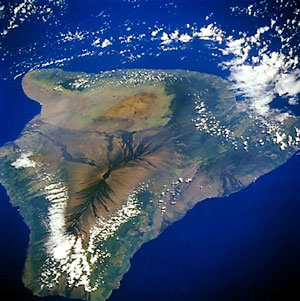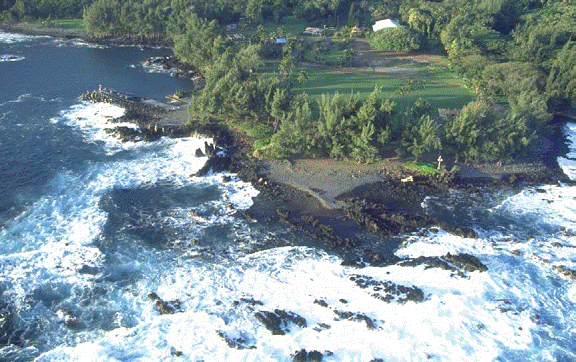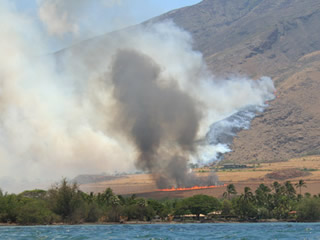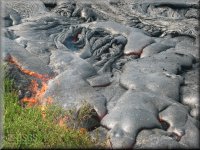Introduction

Hawaii's Big Island is, as the name suggests, the largest island in the Hawaiian archipelago and is an incredible place. It has 11 of the world's 13 climate zones within its shores, some of the world's most active volcanoes, the tallest sea mountain on Earth, a very diverse ecosystem, and much more. These are some of the reasons the island is such a desireable place to live and to visit, but they are also the reasons why finding suitable locations for new developments is quite difficult.
There are several different factors that must be considered before a location for a new residential development can be chosen. The data used for this analysis can be divided into three broad categories.
Natural Hazards
Volcanism has historically been very active on the Big Island.There are three active volcanoes located there: Kilauea, Mauna Loa, and Hualalai. One of them, Kilauea, has been erupting steadily since 1983, sending numerous lava flows down its east and southeast flanks to the sea. Therefore, when choosing a suitable location for developing a new residential area, it is extremely important to consider the risk from a volcanic eruption.

Tsunamis are a definate threat to any island in the Pacific Ocean, including Hawaii. They have struck the island's coast multiple times in the recent past and will certainly occur again in the future. Tsunamis are mostly a threat to the low-lying coastal areas of the island as the most serious damage will occur close to where the tsunami hits.

Due to abundant vegetation, the risk of fires should also be a consideration. Hawaii is especially prone to brush fires during times of prolonged drought and high winds. They are most threatening in areas with steep slopes and ridges, where traditional firefighting equipment cannot be used.
Conservation
There are hundreds of species of threatened and endangered plants that are unique to Hawaii. (See http://www.state.hi.us/dlnr/dofaw/pubs/TEplant.html) The data used for this analysis shows the concentration of threatened and endangered plant life for the whole of the island. A potential development area should not be in a location with a high concentration of endangered plant species.
Another factor here is that there is a limited amount of suitable land for agriculture in Hawaii. According to Baker (p.1745-1746), Hawaii has had a problem in the past where its limited and valuable lands were being used for purposes that may have a short-term gain to a few, but result in a long-term loss to the income and growth potential of the economy. So, a suitable development area should not be located in prime areas for agriculture or anything vital to the economy of the region.
Accessibility
Hawaii’s Big Island is large and the current developed areas are quite spread out. So, a new development should be located relatively close to a major roadway in order to facilitate movement to other parts of the island. The new development should be close to other residential areas so that the built-up areas do not become too spread out, as this would mar some of Hawaii’s natural beauty. This would also reduce the chances of an area being cut off from the main part of the island in the event of a natural disaster. Another factor that was important for accessibility is proximity to commercial areas. This is to ensure that the residential area will have convenient access to retail stores and whatever other services people would need.
